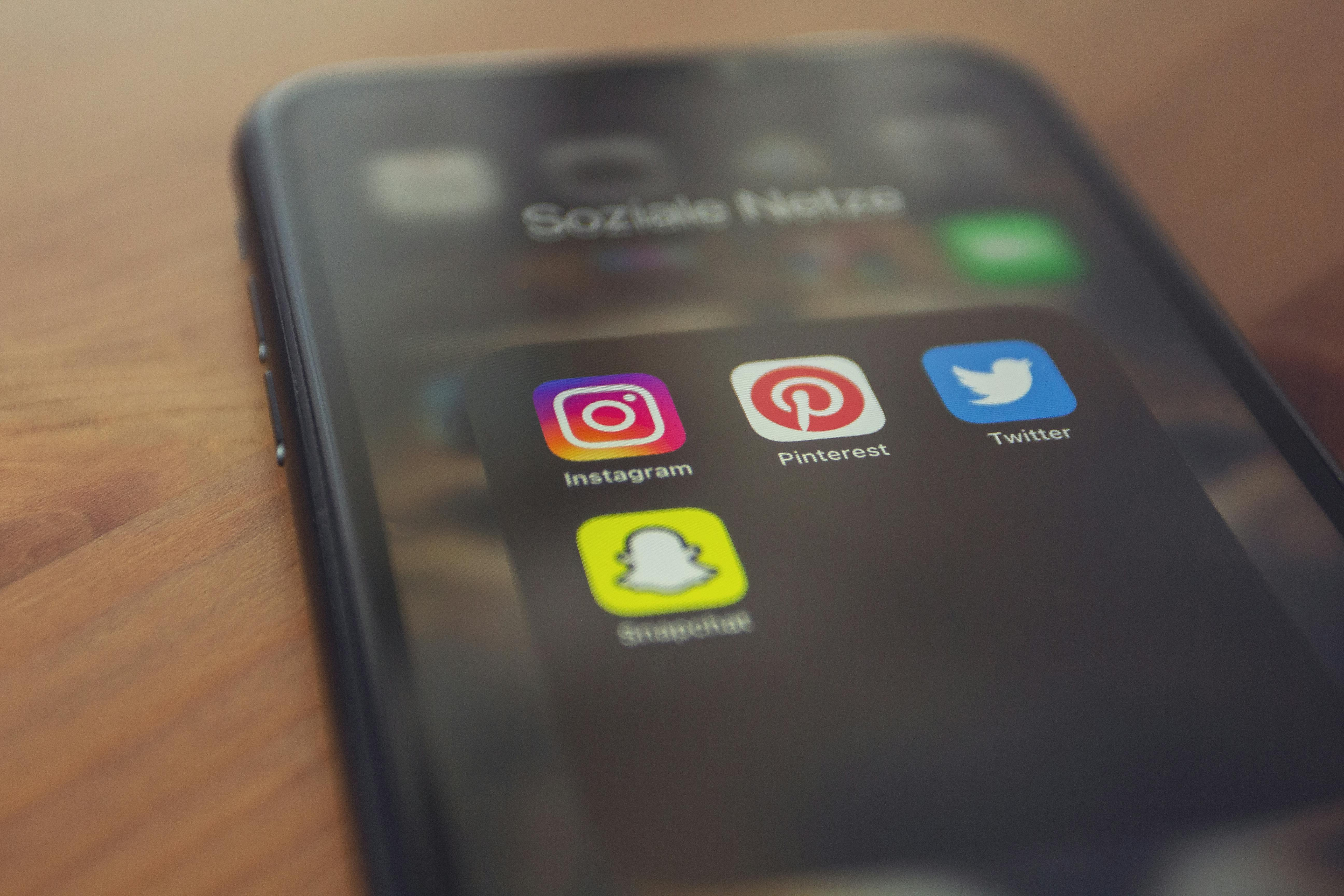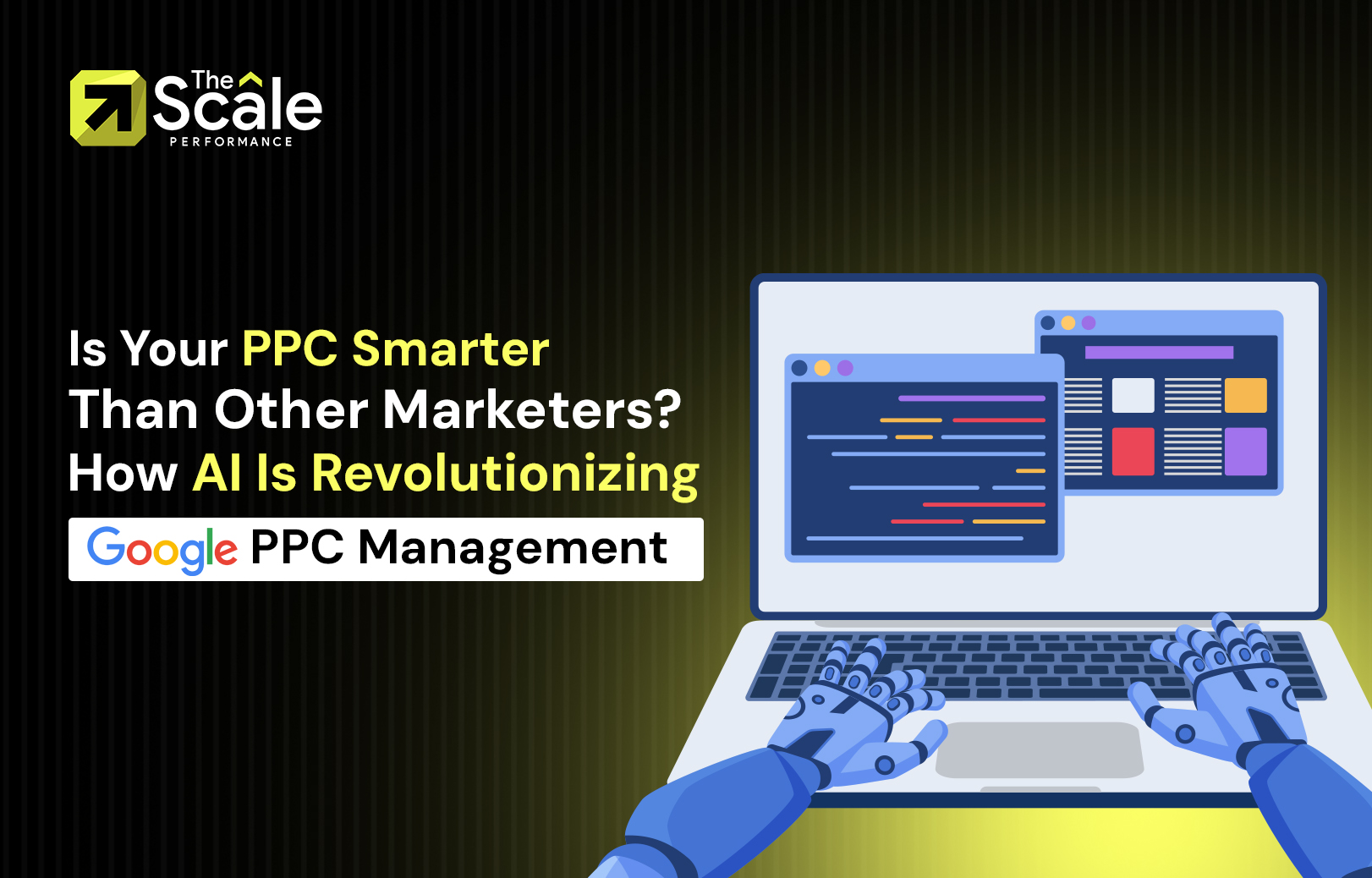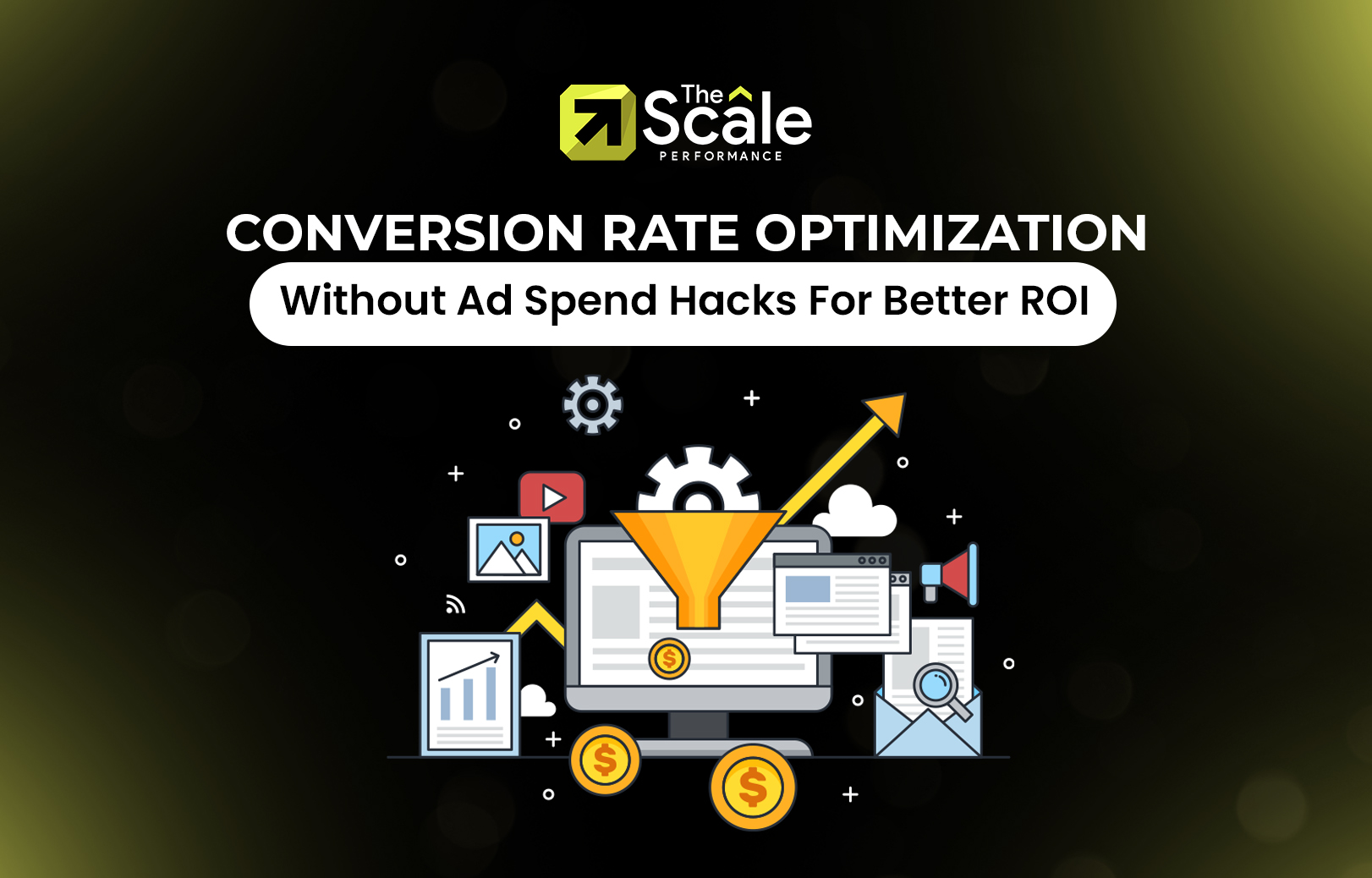Demand Generation Marketing Vs. Lead Generation: What Decision-Makers Need To Know

Strong 8k brings an ultra-HD IPTV experience to your living room and your pocket.
To C-level executives and marketing strategists, business goals must align with the right marketing strategy. Two misunderstood but quite disparate concepts are demand generation marketing and lead generation. Both are employed to build a business, but they diverge in scope, timeframe, and impact on the sales pipeline.
It's not only academically interesting to comprehend these differences but also influences resource allocation, messaging, team design, and ultimately, revenue. This article examines the differences and similarities between the two strategies, offering a strategic framework to inform choices.
What Is Demand Generation Marketing?
Demand generation is a wide-reaching strategy used to build awareness, inform prospective buyers, and create lasting demand for a product or service. Unlike short-term tactics intended to convert now, demand generation marketing functions throughout the buying cycle, building interest before a prospect is even ready to engage with sales.
Key Features:
Focuses on educating the audience and brand positioning
Generates market interest and credibility
Uses multiple touchpoints, including content, webinars, and media
Long-term investment in brand affinity and trust
A demand generation firm could publish research-driven whitepapers, hold thought-leadership panels, or produce informative pieces that enlighten and influence industry thinking.
What Is Lead Generation?
Lead generation, therefore, is the collection of qualified contact details from parties that are interested in your product or service. This is a component of demand generation but is operating with a smaller scope: getting leads as far through the sales funnel as possible, as early as possible.
Important Features:
Prioritizes conversion-ready leads
Collects data through forms, gated pieces of content, or event registrations
Often associated with short-term measures like cost per lead or lead-to-close ratio
Lead generation strategy includes an effective method that sometimes involves matching gated assets with purchasing intent, using optimized landing pages, and forms at points of maximum customer engagement.
Demand Generation Marketing Vs. Lead Generation: Strategic Comparison
Goals And Metrics
Demand generation as a discipline is more about educating and entertaining a wide-based audience and measuring success in brand lift, website usage, content engagement, and pipeline contribution over a more extended timeframe. Lead generation is a more transactional model that's centered around gathering contact information and turning it to a sales-qualified lead. Here, form fills, conversion rates, and MQLs are most relevant.
Timeline And Consequences
Demand generation ensures sustainable long-term brand growth and perennial pipeline filling. Demand generation is all about planting seeds that sprout in due course of time. Lead generation is short-term thinking, looking to identify and close buy-ready leads in the short term.
Audience Approach
Demand generation marketing resonates with a wider range of people, like those who are unaware of the solution that your product fulfills. Lead generation narrows down the focus to those who are looking or considering solutions.
Tactics And Content Types
The two strategies utilize different methods and pieces of content. Demand generation involves posting blogs, videos, podcasts, and papers to raise awareness through paid, organic, and social channels. The call-to-actions are usually soft, such as "learn more" or "read more," and there is no necessity to have user information.
Lead generation is all about capturing contact info via gated items like ebooks or webinars. These are promoted via emails, dedicated pages, and retargeting ads. The call-to-actions are more direct, e.g., "download now" or "sign up."
Why The Confusion Exists
The use of overlapping tools and terminology is a source of confusion. Both roles may employ content, ad, and marketing automation systems. The differentiator is that they're going after a different intent and stage of the buyer's journey.
For instance, a webinar on industry trends could serve a demand generation purpose of open-access, but turn into a lead generation asset if registration is required.
When To Prioritize Demand Generation Marketing
New Market Entry
If your product or service is entering an untapped or unaware market, demand generation should come first. Educating potential buyers on the problem before selling the solution lays a stronger foundation.
Long Sales Cycles
For complex B2B offerings with multi-stakeholder decision-making, demand generation marketing helps build trust early in the cycle.
Brand Positioning Goals
Companies looking to shift perception, elevate thought leadership, or establish category ownership benefit most from demand generation.
When To Emphasize Lead Generation
Revenue Pressure: If there are quick-win quarterly goals, then a successful lead generation strategy is a must-have. Clear CTAs, highly converting LPs, and nurturing processes are a must-have.
High-Intent Inbound Traffic
When your ad campaign or website attracts buyers who have clear purchase intent, monetize through streamlined lead capture processes.
Sales and Marketing Alignment: Lead generation is at its strongest when both marketing and sales are closely aligned in definitions, workflow, and lead scoring.
Why Both Strategies Matter
Pitting demand generation marketing against lead generation is overlooking the bigger picture. These tactics are actually complementary.
A firm that only focuses on lead generation may exhaust the pipeline sooner or later because upstream interest is not sufficient. Emphasising solely upon demand generation may generate peak traffic but meager sales results due to inadequate conversion mechanisms.
For instance, a company might produce a set of thought-leadership blog posts to generate awareness and educate its audience, a demand generation tactic, and then offer a gated calculator tool to collect contact information from prospective readers as a lead generation tactic. The key is understanding when and how to move from cultivating interest to capturing intent.
Common Pitfalls To Avoid
Demand Generation By Lead Volume: This is not in sync with performance measurement. Rather, record engagement metrics such as time spent on site, repeat visitors, or pieces being shared.
Gating All Content: If every asset requires a form fill, you limit reach. Find a balance between gated and ungated content depending on the purpose.
Misaligned Message: Using lead-gen-type messaging (e.g., aggressive CTAs) in early-stage demand gen activities will turn buyers off.
The Role Of Marketing And Lead Generation Teams
Demand Generation Teams Should:
Create narrative pieces
Work with brands and products
Monitor upstream metrics (reach, awareness)
Lead generation teams must:
Streamline forms, flows, and follow-ups
Coordinate closely with sales through handoff procedures
Ongoing A/B test conversion touchpoints
For maximum impact, shared goals and feedback loops between these functions are crucial.
Budgeting And Resource Allocation
The way resources are allocated between demand generation marketing and lead capture efforts often depends on business maturity, sales cycle length, and market competition. Early-stage companies might lean more on lead generation for quick traction, especially when immediate revenue is critical to survival or investor confidence. These are tactics that are mindful of trackable conversions and economical lead generation. Mature companies have discretionary funds and therefore are able to perform brand-building and educational content that enhances long-term market leadership and trust by customers.
Neither technique should dominate separately. Spending should be maintained fluid and responsive to campaign objectives, seasonal fluctuations, and market feedback from sales teams. An active model ensures short-order pipelines are being primed, but the brand is continuously crafting awareness and final demand over a long period of time. Intelligent resource allocation, informed by data generated from performance, and collaboration across functions help build with both regularity and flexibility.
Strategic Takeaways For Decision-Makers
Understand that demand generation creates the conditions for lead generation to succeed.
Don't evaluate both strategies using the same KPIs.
Align teams, timelines, and budgets based on growth stage and buyer behavior.
Treat demand generation as a brand and education initiative; treat lead generation as a conversion mechanism.
In summary, demand generation marketing focuses on awareness and education, aiming for long-term engagement and brand trust. It utilizes tactics such as blogs, events, and leadership content to achieve credibility and awareness. Lead generation is focused on short-term conversion. Lead generation is about bringing in qualified leads through gated content and is measured by metrics such as MQLs and cost per lead.
By blending and differentiating these two powerful strategies, growth and market leaders are able to succeed sustainably without short-changing short-term results or long-range brand strength.
Note: IndiBlogHub features both user-submitted and editorial content. We do not verify third-party contributions. Read our Disclaimer and Privacy Policyfor details.







